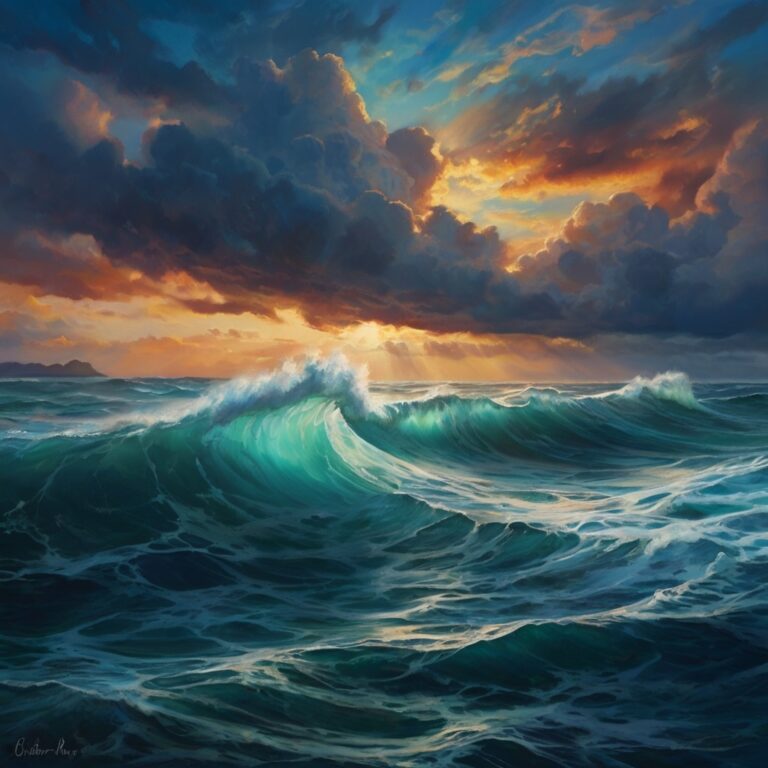Grandfathers Know That the Sea Is Blue
“Grandpa…why is the sea blue?”. As I was driving along the Adriatic Sea, south of Dubrovnik a few days ago, an old memory surfaced in my mind’s eye. Before continuing on toward Montenegro, I decided to stop for a moment and take in the beautiful view of the open sea.
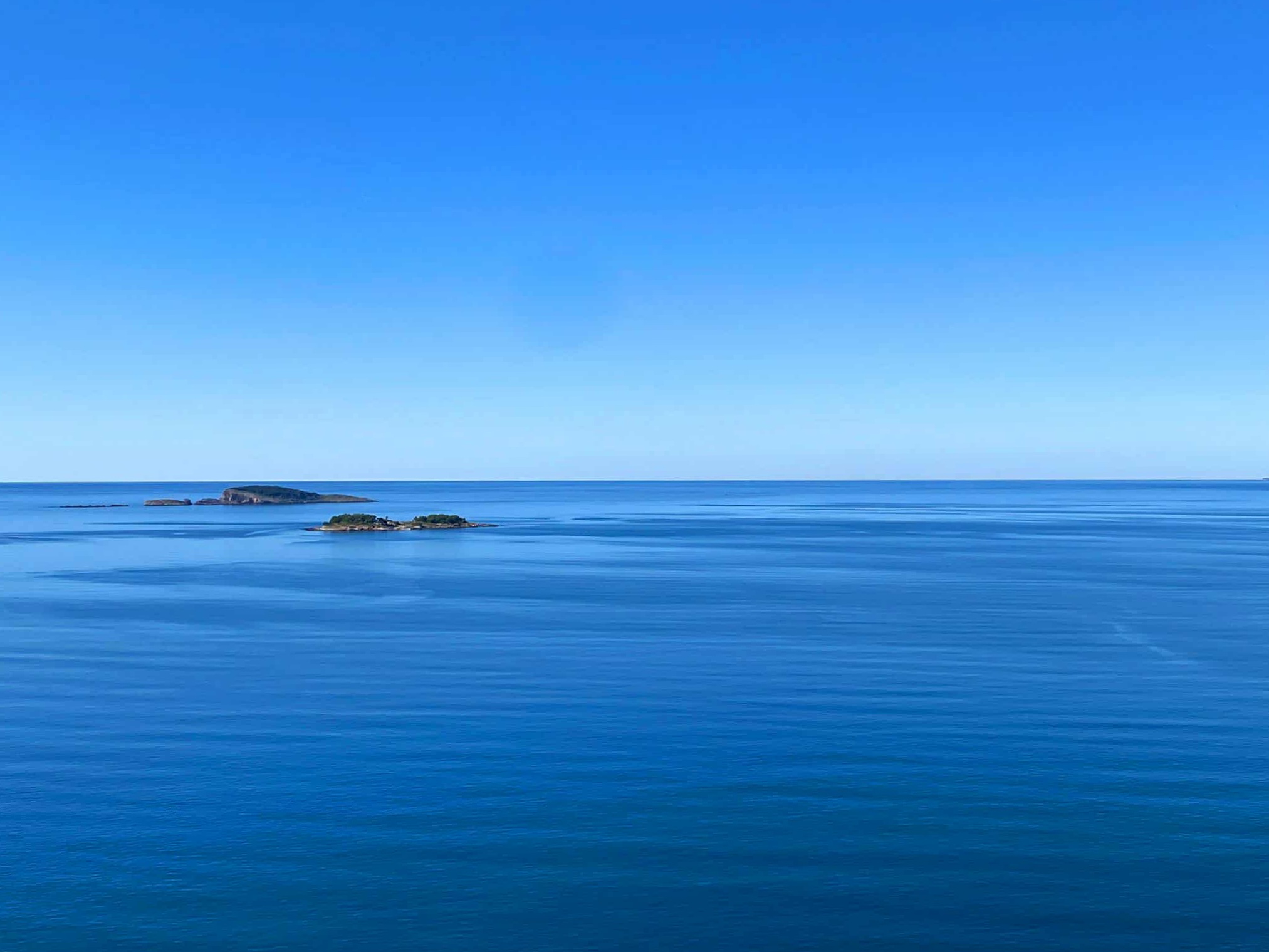
Thoughts blended seamlessly with the blue of the sea and sky. Memories came back of the conversations I had as a kid with my late grandfather. As children sometimes can, I was almost as bombarding him with many daily questions. “Grandpa.. why is the sea blue?”, was one I repeatedly asked.
Due to the large amount of these daily questions of mine, I usually got a short, precise answer. But the reply’s still left me wondering and I wanted to learn and learn more.
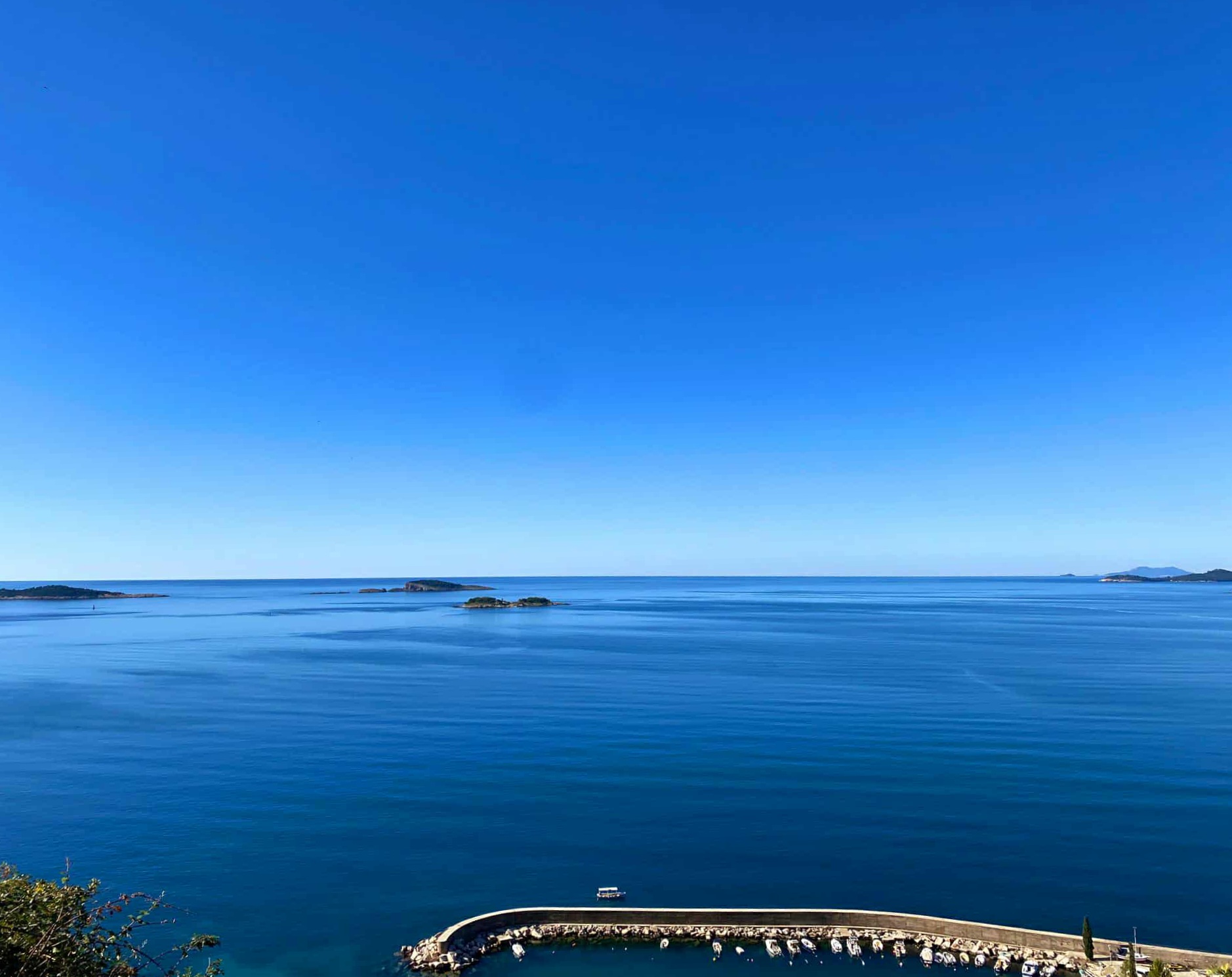
If the sea is blue, then why is the glass with sea water still clear, then? And not blue? The mind of a child is open to towards inspiration by nature.

Those were the days without internet. All knowledge was passed by the elderly and from school. Today, information is easily accessible. As now older, I decided to write about this phenomenon of the blue sea we see. I feel to owe it to the inner child in me – and to others as well. This subject may interest many, so this blog article is dedicated to the visuality of the blue sea.
To begin with, we need to understand the basic principles of the physics of light. When sunlight reaches the Earth’s atmosphere, it is scattered into different wavelengths due to the presence of particles in the air, such as molecules and dust particles.
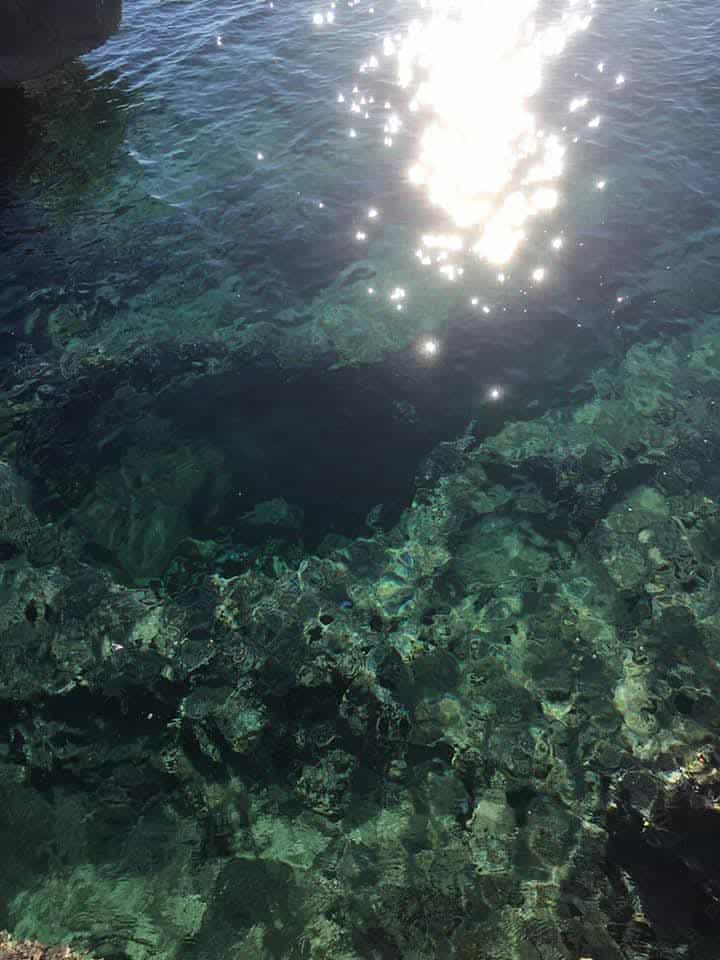
Sunlight contains a full spectrum of colors: red, orange, green, blue, and violet. These colors differ in wavelength, red has the longest, and blue having the shortest visible wavelength.

When light passes through water, different colors are absorbed differently. Water absorbs red, orange and yellow waves strongly, while blue and violet are absorbed less strongly, so they penetrate deeper and are scattered back toward the observer.

Thanks to this, our eyes mainly perceive the blue spectrum because other waves almost never reach the eye. They are as if lost due to the change in the internal vibration of the water molecules.
Another factor is the reflection of the sky. It in addition has an important role in the color we see in the sea.
When we look at the sea, we see not only the reflection of blue light coming from above the surface but also the color of the sky reflected on the water.

When the sky is clear and blue, this reflection further enhances the perception of the blue color of the sea.
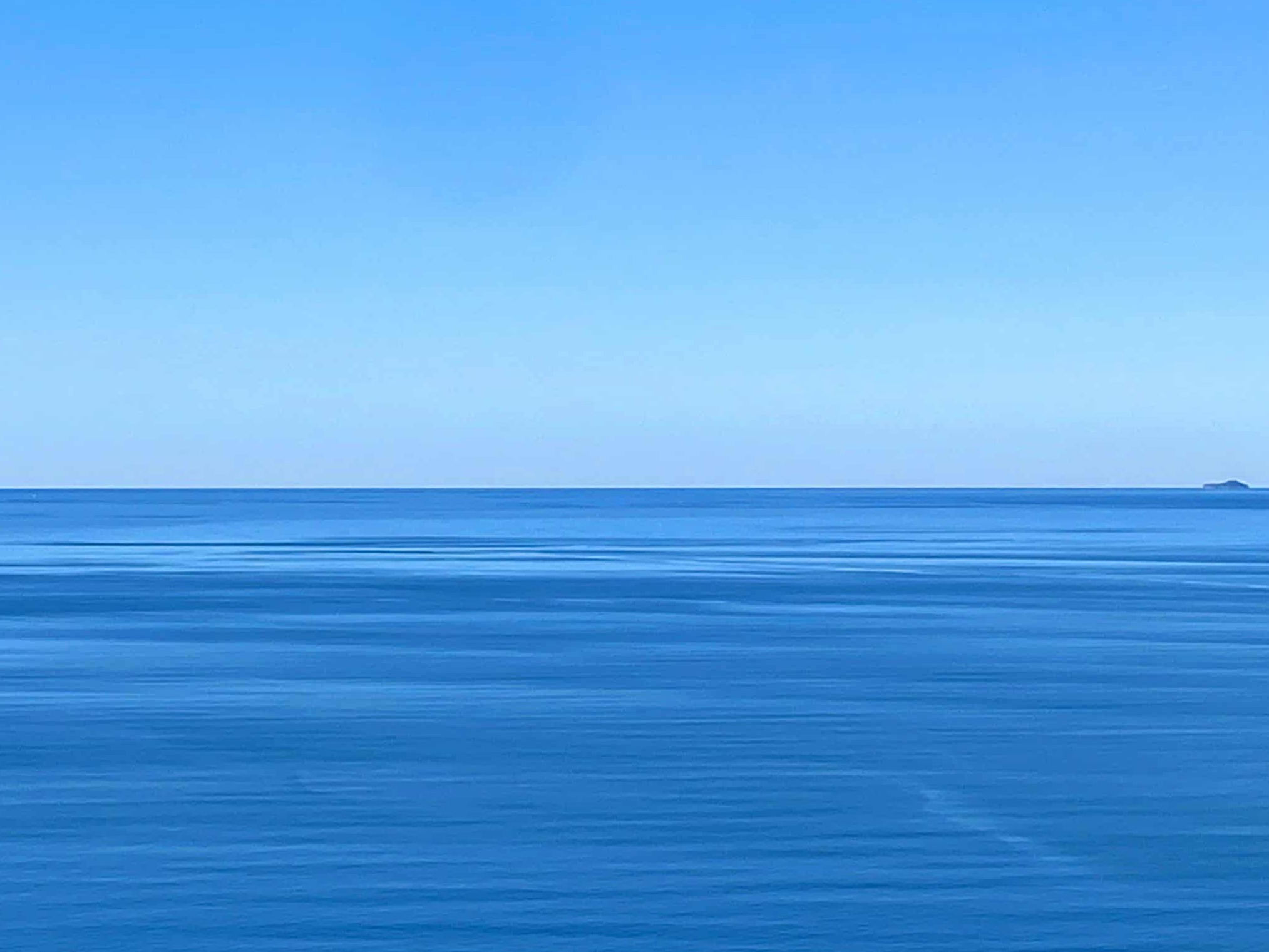
Different sediments, algae, and microorganisms in the water can further color the sea in different shades of blue, while seismic activity such as underwater volcanoes can release minerals that can also affect the color of the water.
Although it may seem like a simple question, the reason the sea appears blue is actually the result of a complex interplay of physical, chemical, and geographical processes.
This seemingly ordinary phenomenon reminds us that the world around us is full of mysteries, and that even the simplest questions can conceal intricate layers of complexity that require thorough research to fully understand.

For the kid “me”, asking Grandpa about this subject, I think his short, but precise answer was great. It kept me hungry for more information in the years to come as we now see. He always encouraged me to explore and find out about new things.
This blog I want to dedicate to him, my dear Grandpa.
Silvana Ivandic-Määttä (Nana)
nana@totheoceans.com








